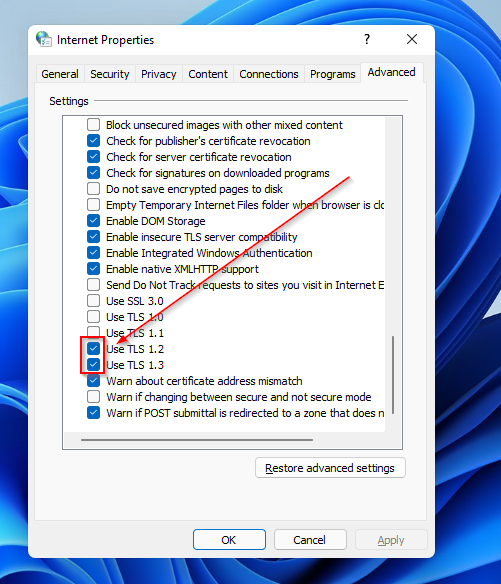


If you download the Nginx from the centos 7 repo you will get Nginx built with OpenSSL 1.0.2k-fips.

It is currently supported in both Chrome (starting with release 66) and Firefox (starting with release 60) and in development for Safari and Edge browsers. It has improved latency over older versions and several new features. TLS 1.3 is the newest and most secure version of the TLS protocol. For a list of vulnerabilities, and the releases in which they were found and fixes, see the OpenSSL Vulnerabilities page. It is licensed under an Apache-style license, which means that you are free to get and use it for commercial and non-commercial purposes subject to some simple license conditions. OpenSSL is a software library for applications that secure communications over computer networks against eavesdropping or need to identify the party at the other end. OpenSSL is a robust, commercial-grade, and full-featured toolkit for the Transport Layer Security (TLS) and Secure Sockets Layer (SSL) protocols. Here, we are going to enable TLS 1.3 on CentOS 7.


 0 kommentar(er)
0 kommentar(er)
